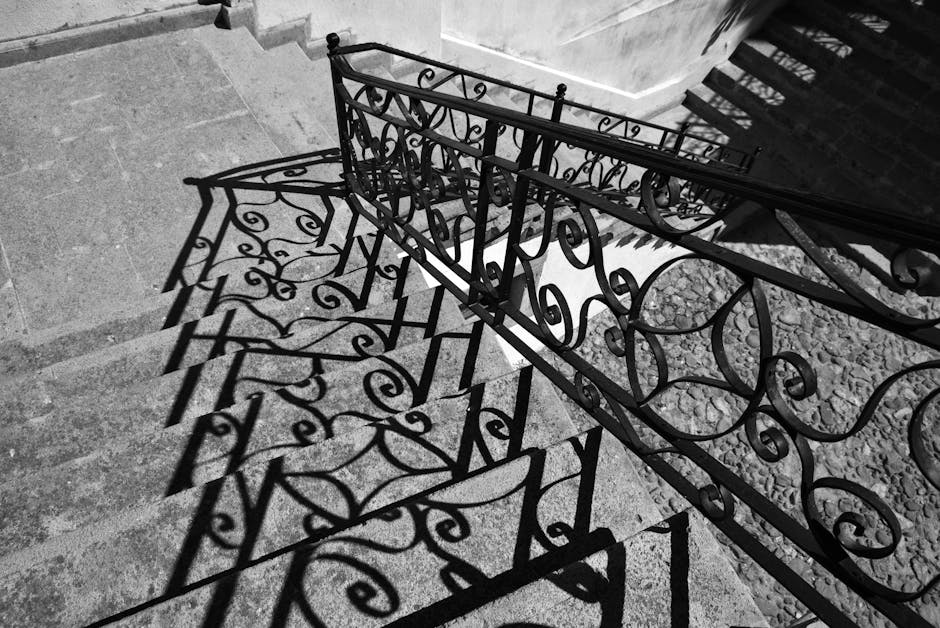Give Your Vintage TV a New Life: Simple Restoration and Display Tips
There’s a certain charm to vintage televisions. They evoke a sense of nostalgia, reminding us of simpler times and classic shows. These aren’t just dusty relics; they’re pieces of history, design statements, and conversation starters. But often, these treasures are tucked away in attics or basements, gathering dust and fading into obscurity. This doesn’t have to be their fate. With a few simple steps, you can restore your old TV to its former glory and proudly display it in your home. This guide provides five proven tips to help you breathe new life into your vintage television, transforming it from a forgotten relic into a captivating centerpiece.

Assessing Your Vintage Television
Initial Inspection and Safety Check
Before you begin any restoration work, carefully inspect the TV for any obvious damage. Look for cracks in the cabinet, frayed wires, or loose components. Safety should be your top priority. Ensure the TV is unplugged and allow it to sit for a while before handling any internal parts. This will allow any residual charge in the capacitors to dissipate, reducing the risk of electric shock. If you’re unsure about handling electrical components, it’s always best to consult a qualified technician.
Identifying the Model and Manufacturer
Knowing the make and model of your vintage TV can be invaluable. This information will help you find specific repair manuals, replacement parts, and historical information about the set. Look for a label on the back or bottom of the TV. This label usually contains the manufacturer’s name, model number, and serial number. Documenting this information can also be helpful for insurance purposes.
Determining the Restoration Scope
Once you’ve assessed the TV’s condition, determine the extent of restoration required. Is it a simple cleaning and cosmetic touch-up, or does it require more extensive repairs? Be realistic about your skills and resources. Some repairs may be best left to professionals. Creating a checklist of necessary tasks can help you stay organized and track your progress.
Cleaning and Cosmetic Restoration
Cleaning the Cabinet and Screen
Dust and grime can significantly detract from the appearance of a vintage TV. Use a soft, damp cloth to gently clean the cabinet. Avoid harsh chemicals that could damage the finish. For stubborn dirt, a mild soap solution can be used. When cleaning the screen, use a specialized screen cleaner or a slightly damp microfiber cloth. Avoid abrasive cleaners or excessive pressure, which could scratch the delicate screen surface.
Repairing Minor Cabinet Damage
Small scratches and chips can often be repaired with wood filler or touch-up paint. Match the color as closely as possible to achieve a seamless repair. For larger cracks or damage, consider consulting a furniture restorer. They have the expertise to repair complex damage and restore the cabinet to its original condition.
Polishing and Protecting the Finish
Once the cabinet is clean and repaired, apply a furniture polish to restore its shine and protect the finish. Choose a polish appropriate for the type of wood or material used in the cabinet. Follow the manufacturer’s instructions for application and buffing. This will help preserve the TV’s appearance and prevent future damage.
Addressing Internal Components
Checking Tubes and Wiring
If you’re comfortable working with electronics, you can inspect the internal components. Check the tubes for signs of damage or wear. Inspect the wiring for any fraying or loose connections. If you’re unsure about anything, consult a qualified technician. Working with high voltage components can be dangerous if you’re not experienced.
Replacing Damaged Components
If you identify any damaged components, you may be able to find replacements online or from specialized electronics stores. Be sure to purchase the correct parts for your specific model. Incorrect components can cause further damage or malfunction. If you’re not comfortable replacing components yourself, seek professional assistance.
Testing and Calibration
After completing any repairs, test the TV to ensure it’s functioning correctly. If necessary, calibrate the picture and sound settings for optimal performance. This may involve adjusting the brightness, contrast, and other settings. Consult the TV’s manual for specific calibration instructions.
Displaying Your Restored TV
Choosing the Right Location
Select a prominent location in your home to showcase your restored TV. Consider the room’s décor and lighting when choosing a spot. Avoid placing the TV in direct sunlight, which can fade the cabinet and damage the screen. A well-lit area will enhance the TV’s appearance and make it a focal point in the room.
Creating a Retro-Themed Display
Enhance the vintage vibe by creating a retro-themed display around the TV. Consider adding vintage accessories, such as old radios, record players, or magazines. This will create a cohesive and nostalgic atmosphere, showcasing your restored TV as part of a larger collection.
Incorporating the TV into Your Décor
Integrate the TV seamlessly into your existing décor. Consider using it as a stand for plants, books, or other decorative items. This will add functionality and visual interest to the display. You can also use the TV as a backdrop for artwork or photographs, creating a unique and personalized display.
Conclusion
Restoring and displaying an old TV is a rewarding experience. It allows you to preserve a piece of history and add a unique touch to your home décor. By following these simple steps, you can transform a forgotten relic into a captivating centerpiece. Whether you’re a seasoned collector or simply appreciate the charm of vintage electronics, restoring an old TV is a project that can bring joy and a sense of accomplishment.
| Step | Description |
|---|---|
| Assessment | Inspect the TV for damage and identify the model. |
| Cleaning | Clean the cabinet and screen with appropriate cleaners. |
| Repair | Address any cosmetic or internal damage. |
| Display | Choose a suitable location and create a visually appealing display. |
- Safety First
- Gather Necessary Tools
- Research Your Model

Leave a Reply